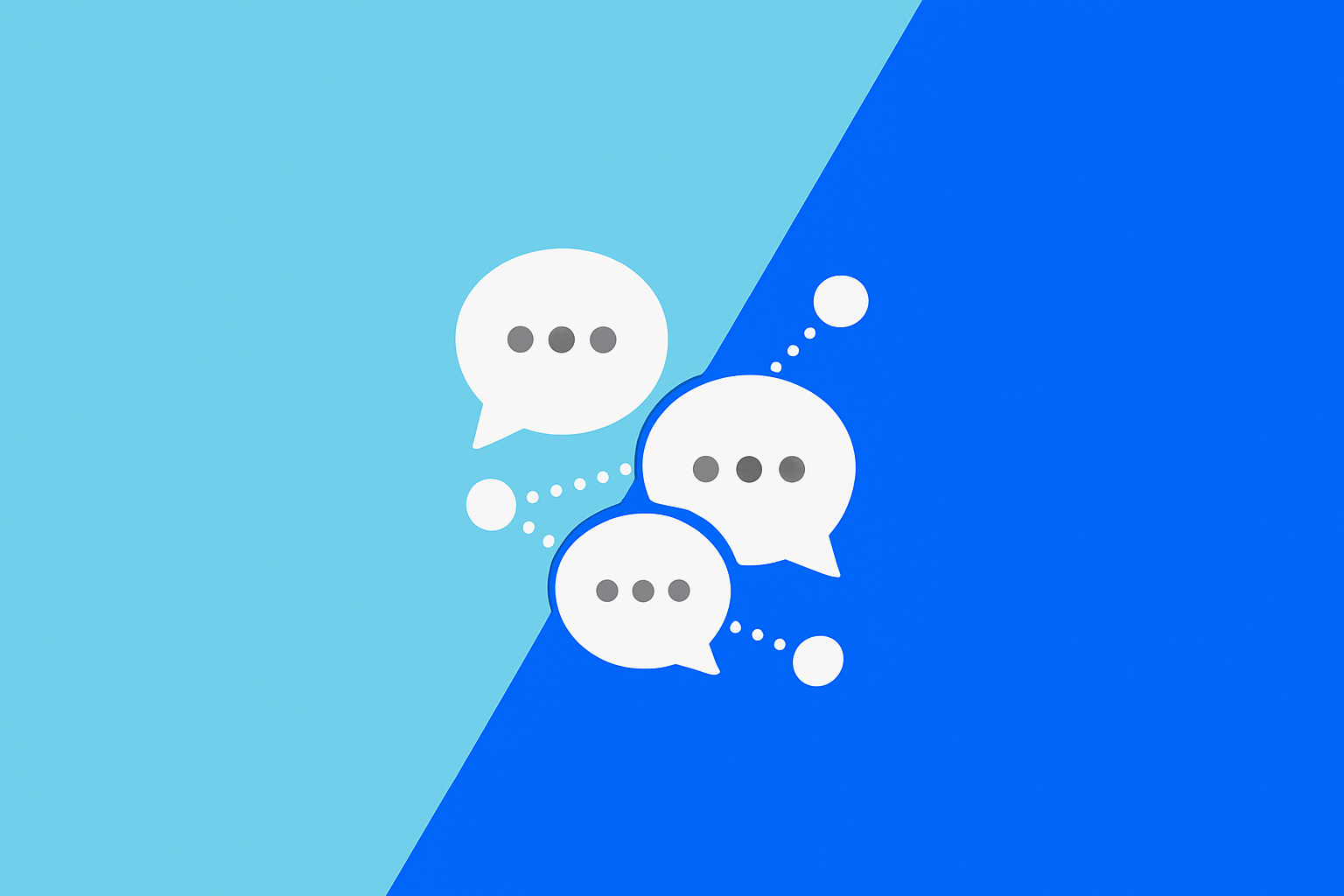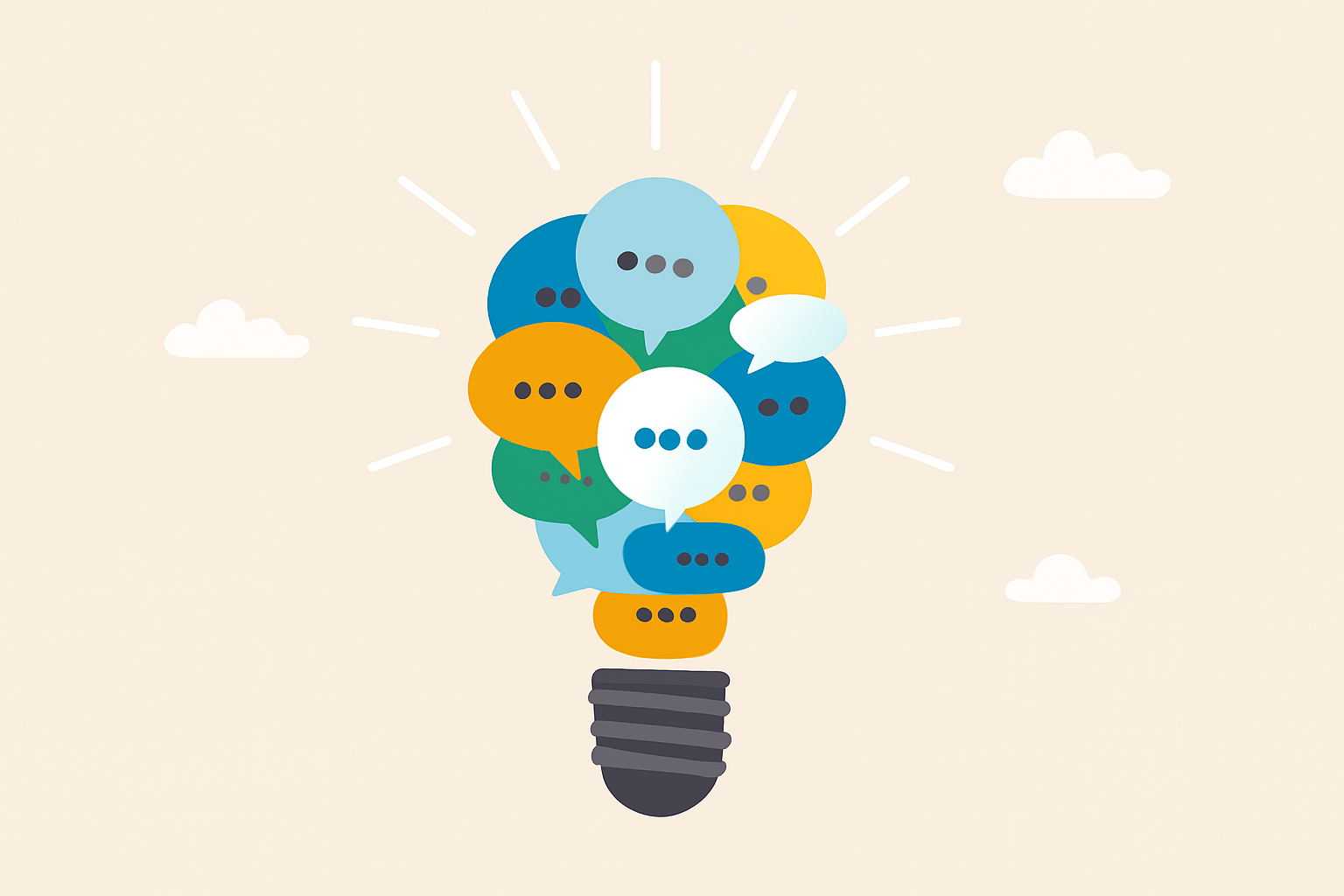You probably use quality assurance (QA) to evaluate the performance of your customer service teams. You listen in on recorded calls to learn if protocol was followed and to find out if customers were satisfied with your services. You may need to coach an agent after a call or take disciplinary action.
The process is mostly about fixing mistakes - which is an inherent part of assuring quality for your customers. But, have you thought about the ways QA can help you avoid mistakes altogether?
If you use QA software, you’re sitting on a goldmine of data that can be used to learn about your agent experience and to identify opportunities for team growth. Use this data to evaluate how your customer service teams are performing now, and set realistic goals for how you expect your customer service team to perform in the future.
Determine What Needs Fixing
Regardless of what your specific customer service goals end up being, QA can help you get there. Start by targeting high-impact areas in the customer experience, looking at interactions from the agents’ perspective, and setting up calibration sessions to ensure your customer service goals align with your team’s actual needs.
Review High-Impact Moments
As a QA manager, you should identify and review high-impact moments in the customer experience, like when a customer call is escalated to a supervisor. These moments contain insights you need to work toward your goals.
If you find, for example, that customer tickets are routinely escalated for a certain product or scenario, it may be that you need to provide more documentation for your agents on that specific product or scenario.
QA software allows you to find these pivotal moments more easily. With a QA automation solution, you can customize filters and tags to help you identify the triggers and root causes for areas that need improvement. You can then use these moments as a guide for future customer service training sessions.
Evaluate the Same Customer Experience from the Agent’s Perspective
If your quality assurance software includes screen capture, which records an agent’s screen while they chat with customers, you’ll be able to provide more context for agents on their scores. This feature allows graders and coaches to relive the customer interaction in granular detail, allowing them to see the exact steps an agent took to resolve an issue.
Rather than only seeing end results of interactive exchanges, screen capture provides QA managers access to blind spots and an inside scoop to everything agents go through with their customers. With this information, quality assurance managers get vital context: what steps did the agent take to resolve this ticket? Are we able to improve our internal processes to help the agent get to resolution faster?
Remove Bias with Calibration Sessions
For customer service goals to be effective, everyone on the customer service team needs to be aligned. How can you work to make that happen? By implementing calibration sessions. MaestroQA’s team calibration sessions remove judgment or unintentional bias that may be present in a QA score, and helps align all graders and managers on the same standard.
In these sessions, different graders evaluate the same ticket individually before comparing their scores and aligning how they will grade future tickets. It’s the best way to prevent the perception of inequity and variability in your QA program and to ensure all agents are graded on the same standard. Some QA software solutions will automatically schedule calibrations, so grades are in sync with the grading standards the company put in place.
Establish the Right Customer Service Goals
Once you have a clear understanding of what needs to be fixed, you can set your goals and, more importantly, determine how you’ll achieve them.
8 Common Customer Service Goals
Customer service goals can be anything from an increased average CSAT score to better integration of digital tools in the customer experience. The important thing is these goals address problems that need fixing, and their success can be measured. Eight common goals include:
- Improved CSAT Scores
- Improved QA Scores
- Improved First Call Resolution Rates
- Decreased Average Handle Time (AHT)
- Decreased customer wait times
- Increased integration of chatbots and other digital tools
- Decreased tickets escalated
- Decreased repeat inquiries
All of these goals are measurable, so you track progress quarter-over-quarter. While it’s okay to have more qualitative goals, these benchmarks will be your best indicator of overall progress.
3 Training Systems to Bring You Closer to Your Goals
Setting goals is moot if you don’t have a clear path to achieve them. Some popular options for customers service teams include:
- 1:1 Coaching. If you find one particular agent is struggling with a specific part of the customer support experience, consider coaching them one-on-one. This personalized attention will ensure they’re engaged and comfortable asking questions and free up your other agents from participating in training they might not need.
- Improved documentation. You might discover from your quality assurance evaluation that your customer service agents don’t have the information they need. They may have to escalate calls because instructions on how to deal with atypical scenarios are missing. You can simply improve documentation (be sure to alert the team to the updates).
- Team presentations. If the entire team seems to be having trouble with the same moment in the customer service experience, consider setting up a group presentation. A good way to run these is to have someone on the team who is successful present on best practices.
Use QA to Measure Success Against Customer Service Goals
Quality assurance should be your first and last step when setting and measuring goals. At the end of the quarter or year, review your quality assurance data to learn how your team has progressed. Are they still struggling in the same moments? If not, continue what you’re doing - it’s working! If not, it might be time to consider new training techniques. Once the data analysis is out of the way, create questions on your quality assurance scorecard that match the goals you’ve missed this quarter to help guide your team towards achieving them.
If your business needs help collecting quality assurance data, request a demo of MaestroQA. Our quality assurance software makes it easy for QA managers to find those “high-impact moments” in the customer experience, so you can quickly identify where agents may be undertrained or lacking the resources needed to perform at their best.











.jpeg)




.jpg)





.jpeg)

.avif)
.avif)

.avif)
.avif)
.avif)
.avif)
.jpeg)

.jpeg)

.jpeg)
.jpeg)

.jpeg)
.jpeg)
.jpeg)
.jpeg)
.jpeg)
.jpeg)
.jpeg)
.jpeg)
.jpeg)
.jpeg)
.jpeg)
.jpeg)
.jpeg)

.jpeg)
.jpeg)

.jpeg)
.jpeg)
.jpeg)





.avif)
.avif)
%2520(1)-p-800.avif)
.avif)

-p-500.avif)
%2520(1).avif)

.avif)
.avif)
%2520(1).avif)
.avif)
%2520(1).avif)
%2520(1).avif)
%2520(1).avif)
.avif)
%2520(1).avif)
%2520(1).avif)
.avif)
%2520(1).avif)
.avif)
.webp)




.jpeg)

.jpeg)
.jpeg)
.jpeg)
.avif)

.jpeg)
.jpeg)

.jpeg)
.avif)
.avif)



.avif)



